As Salt Builds Up in Soils Around The World, Farmers and Conservationists Seek Solutions
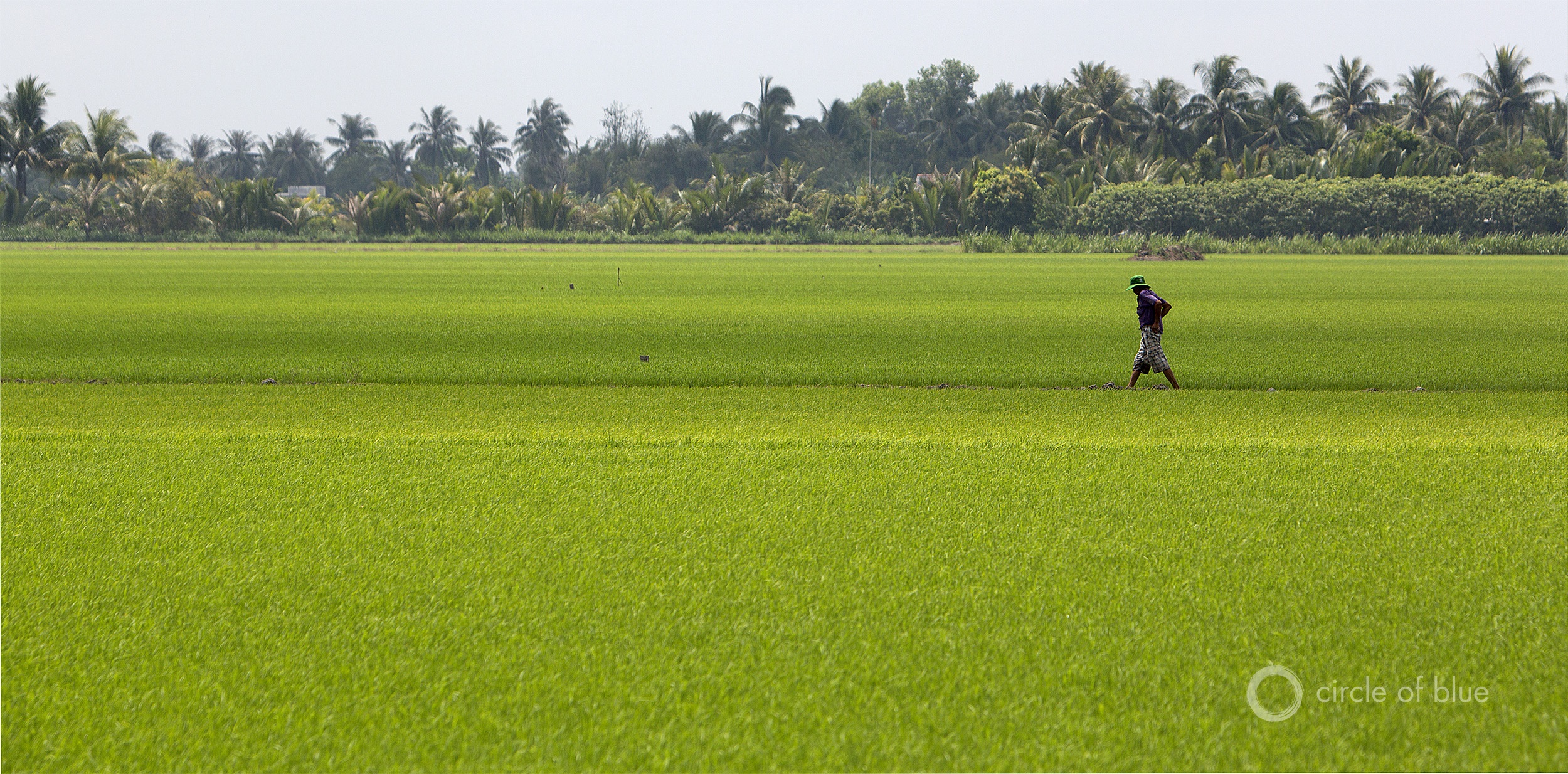
Rice fields in the Mekong Delta, near Can Tho, Vietnam. An increase in groundwater irrigation in the region could affect groundwater availability across national borders. Photo © J. Carl Ganter / Circle of Blue
Salinization threatens crops and ecosystems. What can we do?
By: John Vidal, Ensia
The water tastes salty and the rice barely grows in the coastal villages of the Ca Mau peninsula at the southern tip of Vietnam’s Mekong River delta.
Thi Tran, a young woman who farms 2 acres (0.8 hectares) of rice and vegetables while her husband works on the fishing boats in the Gulf of Thailand, says she fears for her family.
“When we moved here 10 years ago it was OK to farm. But we struggle to grow anything now and have to buy fresh water,” she says, speaking through a translator. “The soil and the water gets saltier. If I don’t grow rice, I do not have anything to feed my family. We can only use this water for gargling and cooking. I think we will have to leave.”
Tran is one of millions of farmers around the world who is a victim of a build-up of salts in the soil, known as salinization. Where she lives close to the coast this is caused both by poor drainage in the rice irrigation channels and by sea-level rise, which sees saltwater overtopping the defensive dikes and inundating her land.
But she and other Ca Mau farmers now face a further problem. Severe droughts are becoming more common and a series of major dams on the Mekong have led to less freshwater reaching the delta. The result is more salty water penetrating farther up the river estuaries and irrigation canals from the sea, devastating crops and contaminating drinking water.
“Salt is a big problem,” says Cong Khanahoi, vice chair of the Kanahok community, which counts 13,000 people in nine Ca Mau villages. “The days when people could irrigate crops using the network of channels are going. In some years, saltwater reaches 100 kilometers [62 miles] inland.”
Reduced Productivity
The salinization of soils is not just a threat to Vietnam, where about 500,000 acres (200,000 hectares) have been affected, according to the Asian Development Bank. The 2018 assessment of global land degradation by the Intergovernmental Science-Policy Platform on Biodiversity and Ecosystem Services (IPBES), tasked with assessing the state of the natural world, says it is one of the major factors reducing plant growth and productivity worldwide, affecting around 20% of the world’s 740 million acres (300 million hectares) of irrigated farmland.
Soils, especially in the world’s dry areas, are often naturally salty, but inefficient irrigation and poor drainage lead to waterlogging, which raises the water table, bringing salts in the subsoil nearer the surface. When the water evaporates, salt is left around the roots of plants, preventing them from absorbing water, stunting growth and contaminating drinking water supplies.
Salt not only degrades soils and saps crop productivity, say the IPBES authors, but increases poverty, drives economically precarious people like Tran to the cities and undermines biodiversity.
Millions of Acres
Gauging just how much of the world’s land is affected by salt is hard because it requires so many soil samples, and countries use different ways to measure salinity. IPBES suggests that around 190 million acres (76 million hectares) of mostly irrigated land has been permanently lost to salinity and can no longer be farmed, with a further 150 million acres (60 million hectares) damaged. Nearly 2.5 billion acres (1 billion hectares) in 100 countries are affected to some extent, mostly naturally, it says.
The more that irrigation is used to increase food production, the more saline soils become, say researchers. The U.S. Agency for International Development (US AID) estimates that some 25 million acres (10 million hectares) of land are lost every year to salinization or water saturation; a UN University Institute for Water, Environment and Health (UNU-INWEH) study estimates that the amount of salt-affected land in arid or semi-arid regions has grown from 111 to 153 million acres (45 to 62 million hectares) since the 1990s.
“Irrigation inevitably leads to the salinization of soils and waters. … In many countries irrigated agriculture has caused environmental disturbances such as waterlogging, salinization, and depletion and pollution of water supplies. Concern is mounting about the sustainability of irrigated agriculture,” according to a report by the U.S. Department of Agriculture. It suggests crop yield reductions due to salinity occur on an estimated 30% of all 56 million acres of U.S. irrigated land.
Manzoor Qadir, assistant director of the UNU Water and Human Development Programme and principal author of the UN-INWEH study, says that the worldwide annual cost of salt-induced land degradation in irrigated areas is US$27.3 billion because of lost crop production. The result is likely to be higher food prices and food shortages, he says.
“Salinity constitutes a real threat to the world achieving the 70% increase in food production that the UN has projected could be needed by 2050, particularly in irrigated areas where large-scale salinization occurs. Irrigated areas make up about 20% of global cropland but produce about 40% of global food production. The rain-fed area consist of 80% of cropland but produces about 60% of global food,” says Qadir.
Worst Affected
The global figure is uncertain, but researchers agree that the worst affected regions include India’s Ganges basin (about 50 million acres or 20 million hectares of irrigated land), China’s Yellow River basin (17 million acres or 7 million hectares), the Indus basin in Pakistan (8 million acres or 3 million hectares) and the Colorado River basin in the western U.S. (13 million acres or 5 million hectares). Many coastal regions in Bangladesh, the Philippines, Egypt, Australia, Iraq and Turkey are becoming more prone to salt intrusion as sea levels rise.
Salinization is not new, says Pichu Rengasamy, a soil researcher in the School of Agriculture at Adelaide University, Australia. He points out that it was responsible for the decline of ancient Mesopotamian civilization 4,000 years ago.
“In our experience in Australia, only recently are farmers becoming aware of subsoil salinity constraints to crop productivity,” Rengasamy wrote in an email.
One of the worst-hit areas is the Colorado River basin, which stretches into Arizona, California, Colorado, Nevada, New Mexico, Utah and Wyoming. The river and its tributaries supply water to more than 38 million people and irrigate more than 7,000 square miles (18,000 square kilometers) of farmland. The salinity of the river has doubled in 60 years, mostly due to the building of dams, irrigation and evaporation in reservoirs, says researcher Gabriel LaHue, a graduate student in the Soils and Biochemistry Graduate Group at the University of California, Davis.
Costly Changes
Salinity costs farmers and states dearly. A 2010 study of Iraq farming, financed by Australian and Italian governments, found farmers using only 30% of their land for cropping and achieving only 50% of expected yields. Bangladeshi households affected by salinity earn about 20% less a year than those those with healthy soils, says Joyce Chen, a development economist at Ohio State University.
Chen says salinity caused by rising sea levels is likely to force about 200,000 farmers a year to migrate from Bangladeshi coasts.
“As sea levels rise, low-lying coastal areas are increasingly being inundated with saltwater, gradually contaminating the soil,” she says. “These salts can be dissipated by rainfall, but climate change is also increasing the frequency and severity of extreme weather events, including droughts and heat waves.” The result is even more demand for groundwater, leading to further depletion of the water table and further salinization of soils.
“Bangladesh is not unique in there being an effect of salinity on migration, but the mechanisms will likely differ elsewhere. In the coastal region of the U.S., contamination of soils may have less of an effect, given the smaller role of agriculture in the economy, with flood risk and damage playing a larger role,” says Chen.
Spectrum of Solutions
Soil salinity can be reversed, but it takes time and is expensive. Solutions include improving the efficiency of irrigation channels, capturing and treating salty drainage water, setting up desalting plants, and increasing the amount of water that gets into aquifers. Mulches to save water can also be applied to crops.
The more high-tech solution is to develop genetically engineered and other salt-tolerant crops. But the science is not straightforward and is controversial, and the result is that not many varieties are available in large quantities.
In coastal areas of many developing countries, like Bangladesh, Vietnam and Thailand, where brackish or salty water is most common, many thousands of small farmers have switched from rice to shrimp farming. This is lucrative, but can be financially and ecologically risky, leading to more salinization and deforestation. The rush to shrimp farming has also led to conflict, with rice paddy fields being deliberately flooded in order to force farmers off their lands.
Irrigating crops has been important for agriculture for thousands of years, but the lesson is that unless societies learn to avoid the waterlogging and salinization that so often comes with it, disaster will follow.
“Vast areas of cultivable land in the coastal areas where once rice was grown have been turned into shrimp farms because of salinization,” says Mizanur Rahman, professor of soil science at Bangabandhu Sheikh Mujibur Rahman Agricultural University in Bangladesh. “When monsoon rainfall comes early and rains heavily, the shrimp producers keep on adding extra salt into the water to ensure better growth of the shrimps. The extra salt adds to the level of soil salinity further, making the land unusable,” he says.
Irrigation has allowed food production to meet the needs of most of the world’s fast growing populations. But the heavy demand it makes on freshwater supplies is now straining food supplies and harming biodiversity. Add in rising sea levels and climate change, and we can expect more frequent and more serious water shortages. The great challenge of the century will be to find ways to use less water, to manage it better and to grow food without turning the soil to salt.

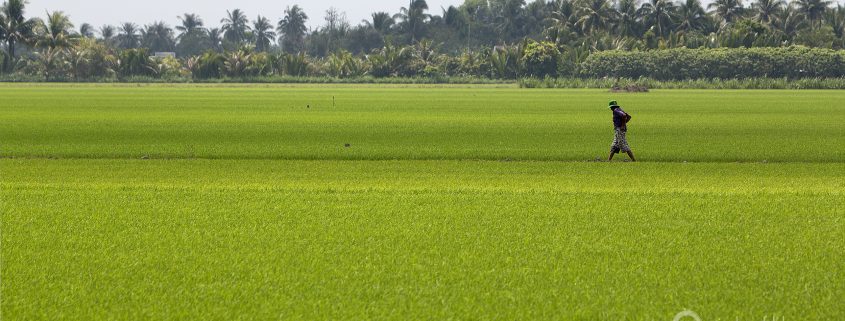

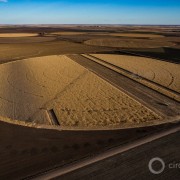

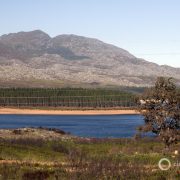

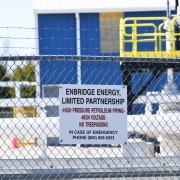


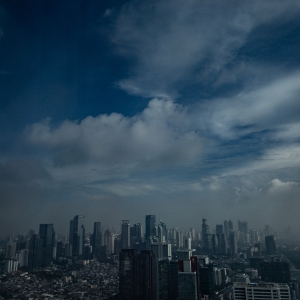
Leave a Reply
Want to join the discussion?Feel free to contribute!